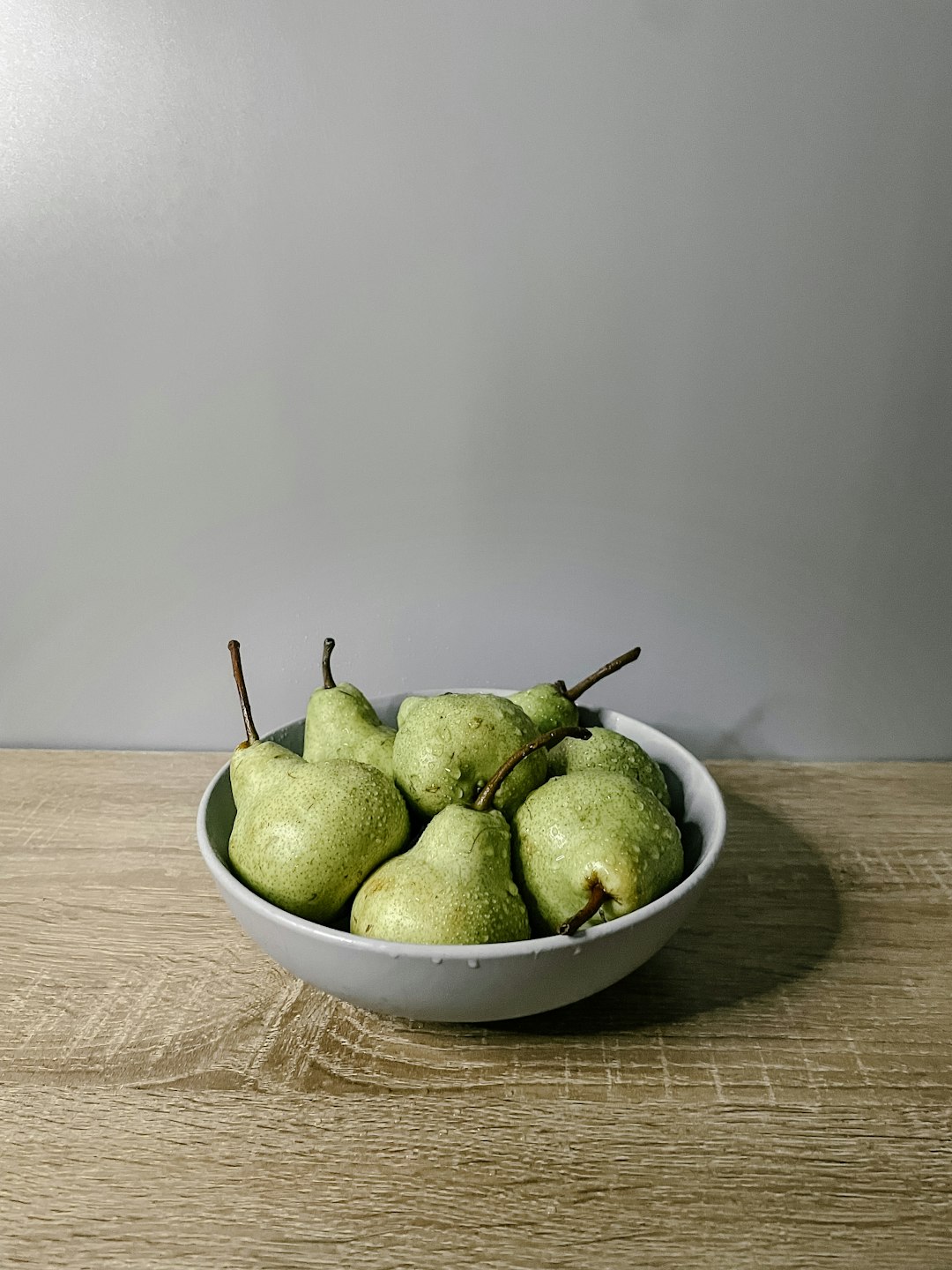Unveiling the Mysteries of Yellow Cucumber Plants and Fruits

Edible gardening, especially vegetable gardening, is a rewarding endeavor. Among the various vegetables, cucumbers are a popular choice for many gardeners. However, it can be disheartening to notice that your cucumber plants or fruits are turning yellow. But fret not, as this simple guide will help you figure out what's going on and provide solutions for the problem.
There are several reasons why cucumber plants or fruits may turn yellow. One of the most common causes is a lack of nutrients. Cucumbers are heavy feeders and require a steady supply of nutrients, especially nitrogen, phosphorus, and potassium. If the soil is deficient in these nutrients, the plants may start to show signs of stress, such as yellowing leaves and stunted growth. To address this issue, you can fertilize your cucumber plants regularly with a balanced fertilizer. Look for a fertilizer that is specifically formulated for vegetables and follow the instructions on the package carefully.
Another possible cause of yellow cucumber plants or fruits is overwatering or underwatering. Cucumbers need consistent moisture, but they don't like to be waterlogged. If the soil is too wet, the roots may not be able to absorb oxygen properly, which can lead to root rot and yellowing leaves. On the other hand, if the soil is too dry, the plants may become stressed and the fruits may not develop properly. To ensure that your cucumber plants are getting the right amount of water, check the soil regularly. Stick your finger into the soil up to the second knuckle. If the soil feels dry at that depth, it's time to water. Water deeply and slowly, allowing the water to soak into the soil. Avoid getting the leaves wet, as this can increase the risk of fungal diseases.
Pests and diseases can also cause cucumber plants or fruits to turn yellow. Common pests that attack cucumbers include aphids, spider mites, and cucumber beetles. These pests can suck the sap from the plants, causing the leaves to turn yellow and wilt. To control pests, you can use insecticidal soaps or neem oil. These products are safe and effective and can help to keep your cucumber plants healthy. Diseases such as powdery mildew and downy mildew can also cause yellowing leaves and fruits. To prevent these diseases, make sure to provide good air circulation around your plants and avoid overhead watering. If you notice any signs of disease, remove the infected leaves and fruits immediately and dispose of them properly.
In addition to these factors, environmental conditions can also play a role in the health of your cucumber plants. Cucumbers prefer warm, sunny weather and well-drained soil. If the weather is too cold or too wet, the plants may not grow properly and the fruits may not develop. To protect your cucumber plants from extreme weather conditions, you can use row covers or cold frames. These structures can help to keep the plants warm and dry and can extend the growing season.
Now that you know some of the common causes of yellow cucumber plants or fruits, let's look at some solutions. If your cucumber plants are yellow due to a lack of nutrients, you can fertilize them with a balanced fertilizer. Make sure to follow the instructions on the package carefully and apply the fertilizer at the recommended rate. If your plants are overwatered or underwatered, adjust your watering schedule accordingly. Check the soil regularly and water only when necessary. To control pests and diseases, use insecticidal soaps, neem oil, or other organic pest control methods. If you notice any signs of disease, remove the infected leaves and fruits immediately and dispose of them properly.
To prevent yellow cucumber plants or fruits in the future, it's important to take good care of your plants. Start by choosing a healthy variety of cucumber that is suitable for your growing conditions. Make sure to plant your cucumbers in well-drained soil that is rich in organic matter. Provide your plants with plenty of sunlight and water, but avoid overwatering. Fertilize your plants regularly with a balanced fertilizer and keep an eye out for pests and diseases. By following these simple tips, you can enjoy a bountiful harvest of healthy, delicious cucumbers.
In conclusion, yellow cucumber plants or fruits can be a sign of a problem, but they are usually fixable. By understanding the common causes of yellowing and taking the appropriate steps to address them, you can keep your cucumber plants healthy and productive. Remember to provide your plants with the right amount of nutrients, water, and sunlight, and to protect them from pests and diseases. With a little care and attention, you can enjoy a beautiful and productive cucumber garden for years to come.